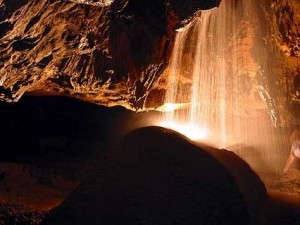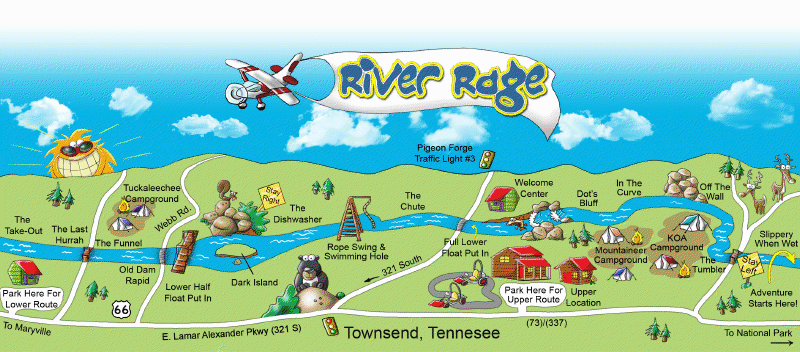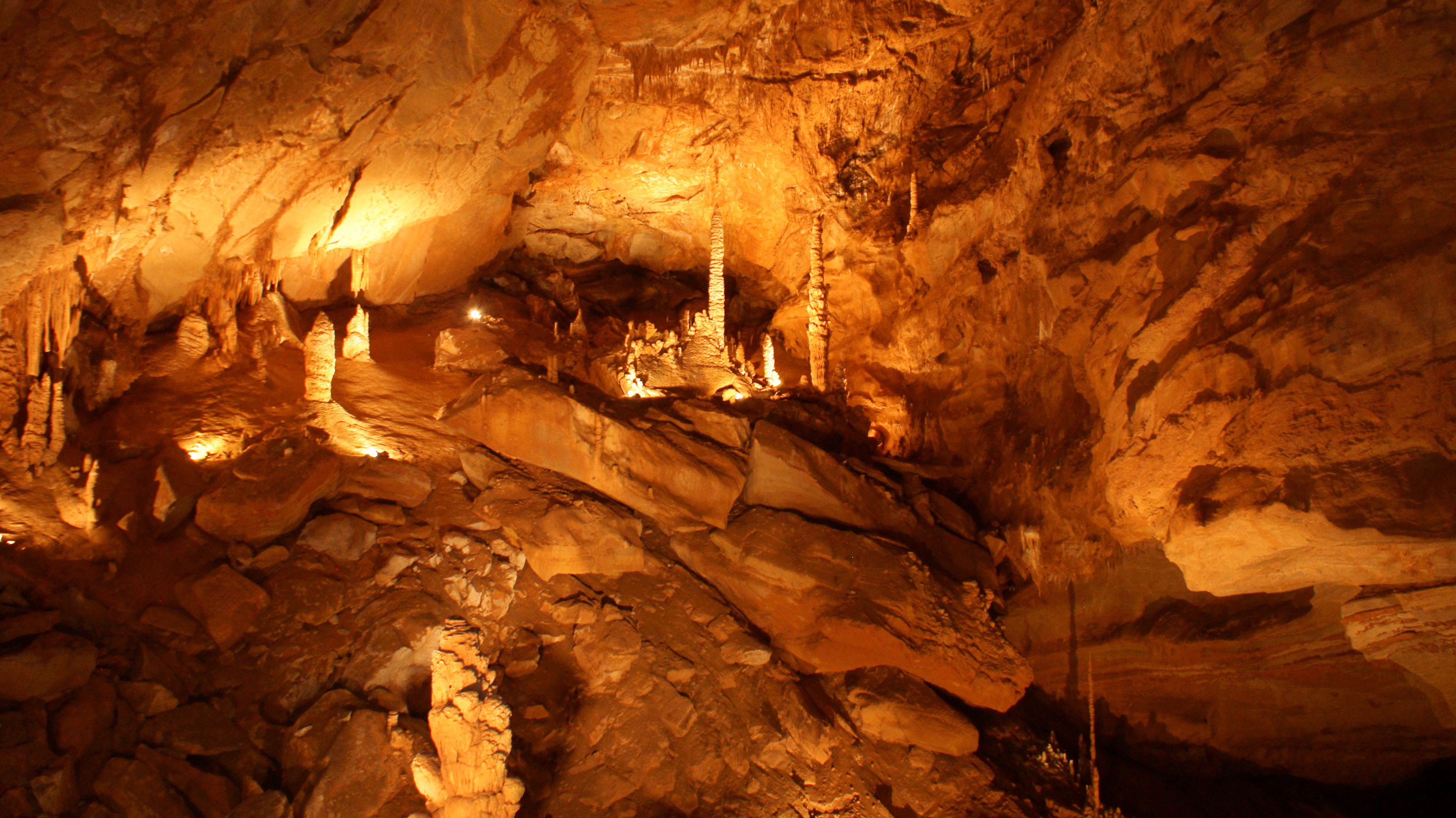Wears Valley’s 2nd Annual Oktoberfest was a hit this past weekend as numerous people enjoyed the crafts, Civil War re-enactment, and all around Fall fun on the Peaceful Side of the Smokies. Here is just a sampling of scenes from the weekend festivities.
Tag: outdoor activities
Tubing Townsend
Tubing in Townsend, TN – where to get inner tubes, outfitters for the Little River, and the “Y” in Townsend, Tenn.
If you’re coming through Townsend, Tn during the summer and early fall months, you’re bound to see groups of people floating lazily down the Little River on inner-tubes, lounging the day away. It’s almost as if it’s a recreational sport in this part of country…. And don’t knock it till you try it cause tubing in Townsend is as much a pastime as baseball in this country.
There are a number of outfitters along Highway 321 and Highway 73 in Townsend, as well as close to the entrance to the Great Smoky Mountains National Park, that offer inner tubes for rent, some even kayaks, to float down the Little River. It’s just another way of having fun and staying cool during those hot summer months in the Smokies. Of course, the big draw is getting in at the “Y” – a kind of “water hole” where sunbathers and tubers congregate just outside the National Park. And don’t worry if you don’t have you’re own tube, there are plenty of places to rent from around the river. Here are just a few:
River Rage, 8307 State Highway 73, Townsend, TN 37882 (865) 448-8000 – River Rage offers its own private access to the Little River, custom tubes, as well as go carts and a restaurant. The Rage facilities include outdoor showers and lockers, clean restrooms and changing rooms, and shuttles to transport you to various parts along the river.
River Rat Tubing & Kayak, 205 Wears Valley Rd. Townsend, TN 37882 (865) 448-8888 – River Rat offers tubing expeditions as well as whitewater adventures at its Townsend location. They offer a picnic area as well as amenities like changing rooms for guests.
 River Romp, 8203 State Highway 73, Townsend, TN 37882 (865) 448-9743 – The River Romp is a family-owned Townsend attraction specializing in tubing the Little River. River Romp is located on the Little Pigeon River is less than a five mile trip to Dollywood in Pigeon Forge, yet it offers the majestic scenery and peacefulness of a secluded Smoky Mountain river.
River Romp, 8203 State Highway 73, Townsend, TN 37882 (865) 448-9743 – The River Romp is a family-owned Townsend attraction specializing in tubing the Little River. River Romp is located on the Little Pigeon River is less than a five mile trip to Dollywood in Pigeon Forge, yet it offers the majestic scenery and peacefulness of a secluded Smoky Mountain river.
Smoky Mountain Adventures Inc., 338 Old Cades Cove Road, Townsend, TN 37882 (865) 448-9914 – If it’s white water rafting in Tennessee you’re after, then Smoky Mountain Adventures will be your guide as you navigate through class 3 to 4 rapids.
Tube Junction, 8215 State Highway 73, Townsend, Tennessee (865)567-7647 – Tube Junction in Townsend, TN is a second generation tubing and kayaking outfitter that offers heavy guage, multi-colored tubes with handles for its river-goers. Though not mandatory, life vests are available to those who need them at no additional charge.
*It is prohibited to consume alcohol while tubing on the Little River according to the city of Townsend, Tn. If caught, you can be fined and/or placed under arrest. It is also unlawful to consume alcohol inside the Great Smoky Mountains National Park unless you are at a campsite.
Tuckaleechee Caverns
Tuckaleechee Caverns is one of the most well-known caves in the eastern United States boasting stalagmites that grow up to 24 feet high.
Forget driving all the way out to New Mexico just to stand in line for a chance to walk through Carlsbad Caverns. Come to Townsend, Tn and stroll through Tuckaleechee Caverns beneath the Great Smoky Mountains in what is one of the most awe-inspiring sights in the Smokies.
The Tuckaleechee Caverns have been carved over tens of thousands of years and are estimated to be between 20 and 30 million years old. These caverns are made up of formations commonly referred to as “cave onyx.” These are essentially formations of calcium carbonate – the same material that makes up limestone. While it’s beautiful to look at, it’s brittle and will break like glass. The acidic touch of one’s hand to cave onyx would destroy the gloss on it, thus dulling its luster.
It’s formed when surface water combines with carbon dioxide, which is given off by plants, producing a mild carbonic acid. The acid dissolves limestone rock (calcium carbonate) and forms calcium bicarbonate which is soluble in water. This solution seeps down into the cave forming the cave onyx.
It’s widely known that the Cherokee Indians knew of the caverns and hid in them before European settlers discovered them about 1850.
The first white Europeans reached the area in the late 1700’s and the early 1800’s. History says that the European descendants discovered the caverns about the middle of the 19th century when sawmill workers watched heavy rain water run into a sink hole in the area. Though the hole had been filled with debris, an opening was found in the rock, thus leading to what is now the entrance of the caverns.

Even prior to the discovery, reports of a cool spot in the valley near a sink hole were prevalent in the area. The year-around, 58-degree temperatures of the Caverns could be felt by anyone standing near the sink hole which later became the entrance to the caverns. It was even said that local residents would take their clothes there to hang in the entrance’s cool breezes. Today, these same breezes are funneled into Tuckaleechee’s gift shop and visitor center in order to air-condition each building.
Officially, the caverns opened tot he public in 1931 before closing due to the Depression. The caverns sat as they were until 1949 when two Maryville College students and Townsend residents, W.E. “Bill” Vananda and Harry Myers, began talking about options in order to open the caverns back up. As boys, Myers and Vananda had spent many a summer day playing at the cavern’s entrance and even exploring its caves.
Following four hard years of labor on construction jobs in Alaska, Vananda and Myers were able to save sufficient funds to open Tuckaleechee back up in 1953 as a tourist attraction.
Almost a year later, the cavern’s Big Room was discovered by members of the National Speleological Society. Headed by Burt H. Denton Jr. of Nashville, the group was part of the Tennessee Geological Cave Survey. The Big Room is more than 400 feet long, 300 feet across, and 150 feet deep. It’s also open to the public and tour guides give hour-long presentations of the cavern. Most come to visit the Big Room and see its stalagmites, which grow up to 24 feet high. On average, the cave sees 50,000 people come through its Big Room each year.

